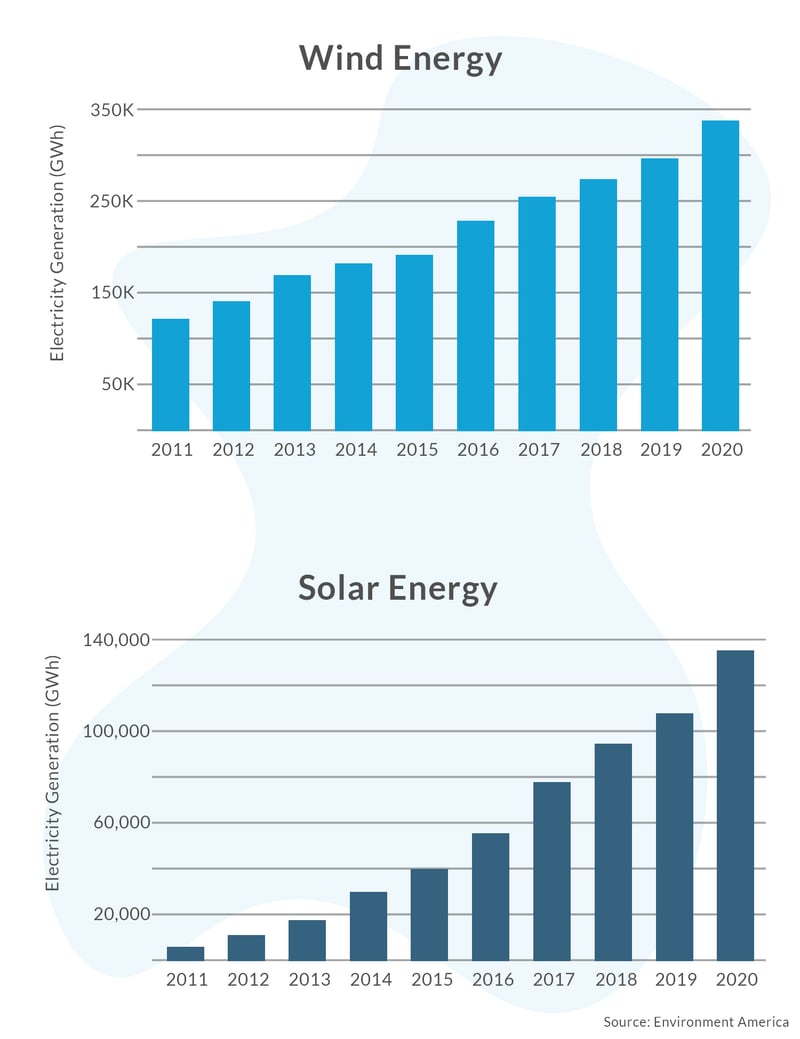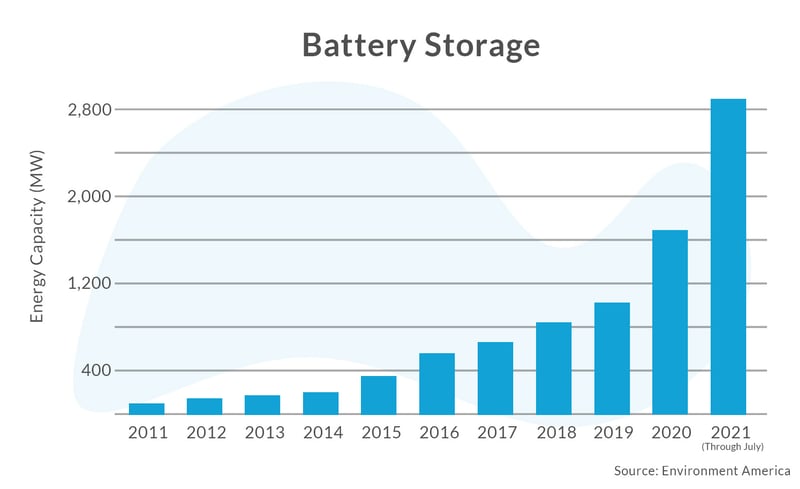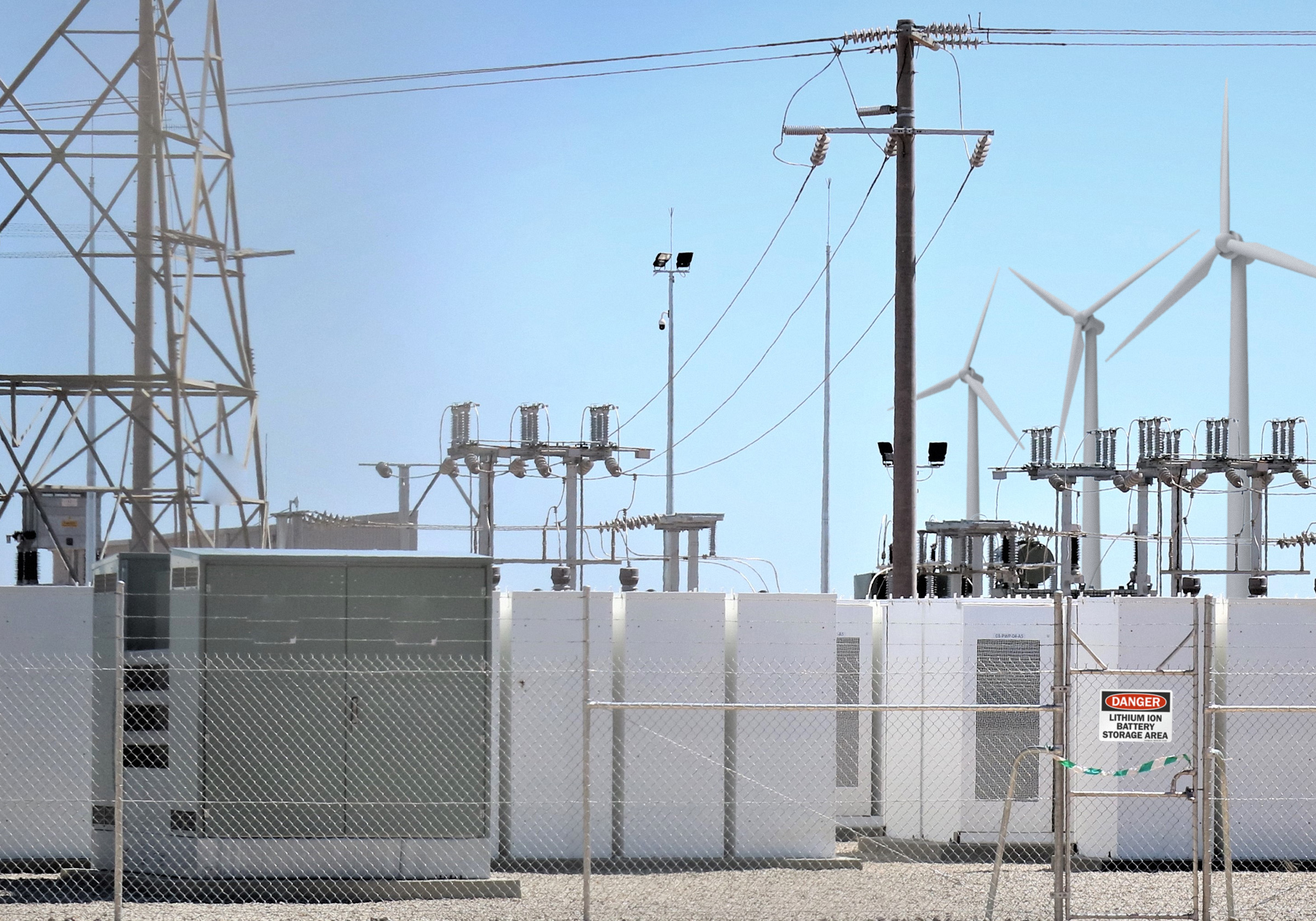The pressing concerns of a changing climate have sparked a revolution in green energy; solar panels, wind turbines, and electric vehicles are rapidly becoming commonplace as humans strive to reduce our reliance on fossil fuels.
Shifting towards sustainable energy solutions is a commendable pursuit, though one rife with challenges. Directly associated with the hurdles of adapting power grids and infrastructure to accommodate greener forms of energy, significant dangers lurk as novel technologies proliferate throughout our communities, particularly when it comes to batteries and energy storage.
Exploring hidden risk associated with green energy empowers insurers to proceed with confidence into a rapidly changing future.
The advancement of green energy
Green energy technologies have ushered in a transformative shift in how we generate, distribute, and consume power, working to transform the global energy landscape. Concerns over climate change continue to intensify as conventional fuel reserves dwindle; the rapid development of green energy solutions has emerged as a beacon of hope for a sustainable and cleaner future.
A comprehensive look into recent strides within this sector could fill several volumes; the sheer scope of development is mind boggling. In 2020, the United States generated nearly quadruple the renewable solar and wind power compared to 2011, contributing to 11% of the country's total electricity, a substantial rise from the 3% share in 2011.1

Photovoltaic solar panels, aimed at converting sunlight into electricity, have become increasingly effective and affordable. Turbines for the generation of wind power dot hillsides and shorelines throughout the world. Sustainable forms of hydroelectric power continue to grow. Electric vehicles have taken to the streets. Scientific breakthroughs in nuclear fusion appear promising.2 Digital tech and smart grids are helping to optimize energy distribution and consumption, minimizing waste and enabling flexible integration with existing systems.
Everywhere you look, change is afoot, altering old systems in favor of everything new and efficient. Entire sectors of the workforce, from research and operations to manufacturing and construction, have sprung up to facilitate implementation. Investment inflows are increasing as governments, businesses, and financial institutions bankroll advancement. Installation and adoption rates are skyrocketing as production costs fall. The demand, once a murmur, has morphed into a full-throated cry.
It's challenging not to get caught up in the rising swell of positive sentiment, as the beneficial impacts of green systems and products provide a path to sustainability.
Every silver lining has a touch of grey, however.
New exposures
Innovative green technology, though offering promising solutions to environmental challenges, can introduce unforeseen risk to both life and property. As these tools continue to emerge and gain traction, their unique characteristics and interactions with existing systems have the potential to pose new and compounding exposure, opening a brave new world of risk management for insurers and their customers.
To further condense the scope of this risk examination, we’ll focus primarily on the exposure created by batteries and energy storage systems (ESS).
When we think of energy production, we often consider the fuel, source, or raw power providing the energy itself: coal, oil, gas, sun, wind, water. However, energy which is produced can be stored, contained in statis until needed. This diagram helps illustrate this basic principle:

ESS, applied in a variety of applications, including stabilization, load shifting, and peak demand management for large power grids, are primarily integrated into systems of renewable energy, including private residential power systems.3

Over the past decade, ESS has taken off. In 2020, the United States boasted a battery storage capacity exceeding 1.7 GW (1,700 MW), marking a remarkable surge of over 18 times from 2011.

The beauty of ESS is that they can store excess energy generated during sunny or windy periods and release it during periods of low or no power generation, ensuring a consistent power supply. But while simple on paper, the integration of ESS can be anything but.
The elaborate nature of ESS often stems from their multidisciplinary foundations, integrating engineering, materials science, computer science, and other scientific fields into an intricate matrix of interaction. This complexity can lead to a knowledge gap for those tasked with implementing and managing these systems, requiring consistent education and adaptation to avoid uncertainty in the application of solar, wind, and other green energy technologies.
Compounded by the rapid pace of development, regulatory shortcomings have resulted in a landscape where new technologies are being integrated without clear and standardized guidelines for their safe installation, operation, and maintenance. With ambiguity, lacking clear guidelines or best practice frameworks, variation in design and integration can lead to variation in outcome. Nuanced interaction between different components within a system necessitates precision; coordinated integration of energy storage and smart grid technologies is required to avoid performance issues, inefficiencies, and system failures.
When uncertainty and deviation increase, the chance of disastrous consequences multiplies. ESS, once unavailable to all but government and state entities, have become accessible and attractive for private citizens, including for electric vehicle (EV) charging stations and microgrids in remote areas. As these technologies make their way onto private homes and into private garages, bringing with them the uncertainties and lack of regulation inherent with novel technologies, exposure climbs skyward, potentially endangering lives, property, and the bottom lines of insurance companies.
The risk of ESS
ESS, particularly utilizing lithium-ion cells, are the current batteries of choice. They have excellent energy density, an economical price point, long life cycles, and overall accessibility, and their adoption has become widespread for these reasons. While their benefits cannot be understated, the development and implementation of contemporary ESS technology has outpaced understanding of the hazards associated with the technology, and codes regulating their use have lagged.
A cursory look at lithium-ion storage systems reveals that, while generally considered safe, these batteries present safety considerations that require attention.
Of primary concern is the fire risk rendered by thermal runaway, or a chain reaction of overheating that can lead to ignition and explosion.4 Factors that can trigger thermal runaway include manufacturing defects, overcharging, physical damage, exposure to high temperatures, or internal short circuits.
These fires are extremely hot and challenging to extinguish, enabling them to continue burning for a prolonged period. According to FDNY Commissioner Laura Kavanagh, “in all of these lithium-ion fires it is not a slow burn; there’s not a small amount of fire, it literally explodes.”5
This video demonstrates a small-scale example of what thermal runaway looks like:
The risk of thermal runaway is present wherever lithium-ion batteries are utilized, including home energy storage and EV charging stations. In residential applications, oversight and code compliance has the potential to be insufficient, opening the possibility for large scale loss. Even the slightest deviation from acceptable practice – a faulty component or improper installation – can produce dire consequences.
In addition to the safety of property owners, there is a pronounced risk to first responders. Electrical and chemical hazards can be exacerbated by traditional firefighting methods; limited knowledge and training regarding handling procedures and safety protocols can increase the risks during emergency responses. A 2019 incident from Arizona exemplifies the dangers faced by firefighters:6
Case study examples
ESS fires, large and small, are increasing in frequency, illustrated by several notable cases from the past several years:
September 2020 – Liverpool, UK7
A large energy storage facility that stored lithium-ion batteries, used for energy storage and grid stabilization, caught fire following a large explosion. Multiple fire crews took 59 hours to extinguish the blaze, while toxic gas threatened to engulf a nearby residential area.
April 2021 – Chungcheongnam-do, South Korea8
After fire broke out at a solar-plus-storage facility, an investigation found the cause of the fire was an ESS device that was installed in 2018. The damage resulted in hundreds of millions of dollars in financial loss.
April 2021 – Beijing, China9
A large explosion atop a shopping mall sparked fire that engulfed a 25 MWh lithium-iron phosphate battery linked to a rooftop solar panel setup. Two firefighters were killed, and one was injured.
September 2022 - Moss Landing, California10
A fire at PG&E's battery storage site, where a Tesla Megapack was destroyed, led to a shelter-in-place warnings for nearby residents; concerns arose about potential air toxins from lithium-ion batteries.
For a more comprehensive list of ESS fires, visit the Electric Power Research Institutes wiki:
Response from insurers
It’s within this new paradigm that insurers must operate, a world where novel technology (ESS or otherwise) amplifies the chance of risk; insurers must rise to the occasion.
The insurance industry was built upon the premise of assistance, assurance, and security: in short, the collective protection of communities against unseen calamity. Adaptation is crucial if we are to continue to live up to this noble pursuit. Mistakes will be made, problems will require overcoming, but the choices we make today will have resounding impacts on the future our children and grandchildren inherit.
At the current juncture, we are facing a lot of unknowns, and the world we are walking into may stand in stark contrast from the one which existed before; this is the march of history, the changing times which constantly bear down upon us and demand reevaluation.
Green energy stands as just one of many unknowns, one which must be adapted to as its universality becomes cemented. Adoption of new, sustainable technologies is occurring, and will continue to occur. Assuredly, greater safety and stronger protocols will be built up as ESS and similar systems become more commonplace. In the interim, however, we must do what we can to ensure the safety of our communities, putting in place policies which adequately cover exposed properties and people.
[1] Environment America, https://environmentamerica.org/center/resources/renewables-on-the-rise-2021/
[2] Green Biz, https://www.greenbiz.com/article/nuclear-fusion-next-big-trend-renewable-energy
[3] Utility Dive, https://www.utilitydive.com/spons/energy-storage-101-how-energy-storage-works/627194/
[4] Research Gate, https://www.researchgate.net/publication/352158070_Safety_of_Grid_Scale_Lithium-ion_Battery_Energy_Storage_Systems
[5] CNN, https://www.cnn.com/2023/03/09/tech/lithium-ion-battery-fires/index.html
[6] IEEE Spectrum, https://spectrum.ieee.org/dispute-erupts-over-what-sparked-an-explosive-liion-energy-storage-accident
[7] Energy Storage News, https://www.energy-storage.news/fire-at-20mw-uk-battery-storage-plant-in-liverpool/
[8] InfoLink Consulting, https://www.infolink-group.com/energy-article/Fires-raise-concern-over-energy-storage-battery-safety-in-South-Korea
[10] KSBW, https://www.ksbw.com/article/highway-1-reopened-near-moss-landing-shelter-in-place-lifted/41302918








